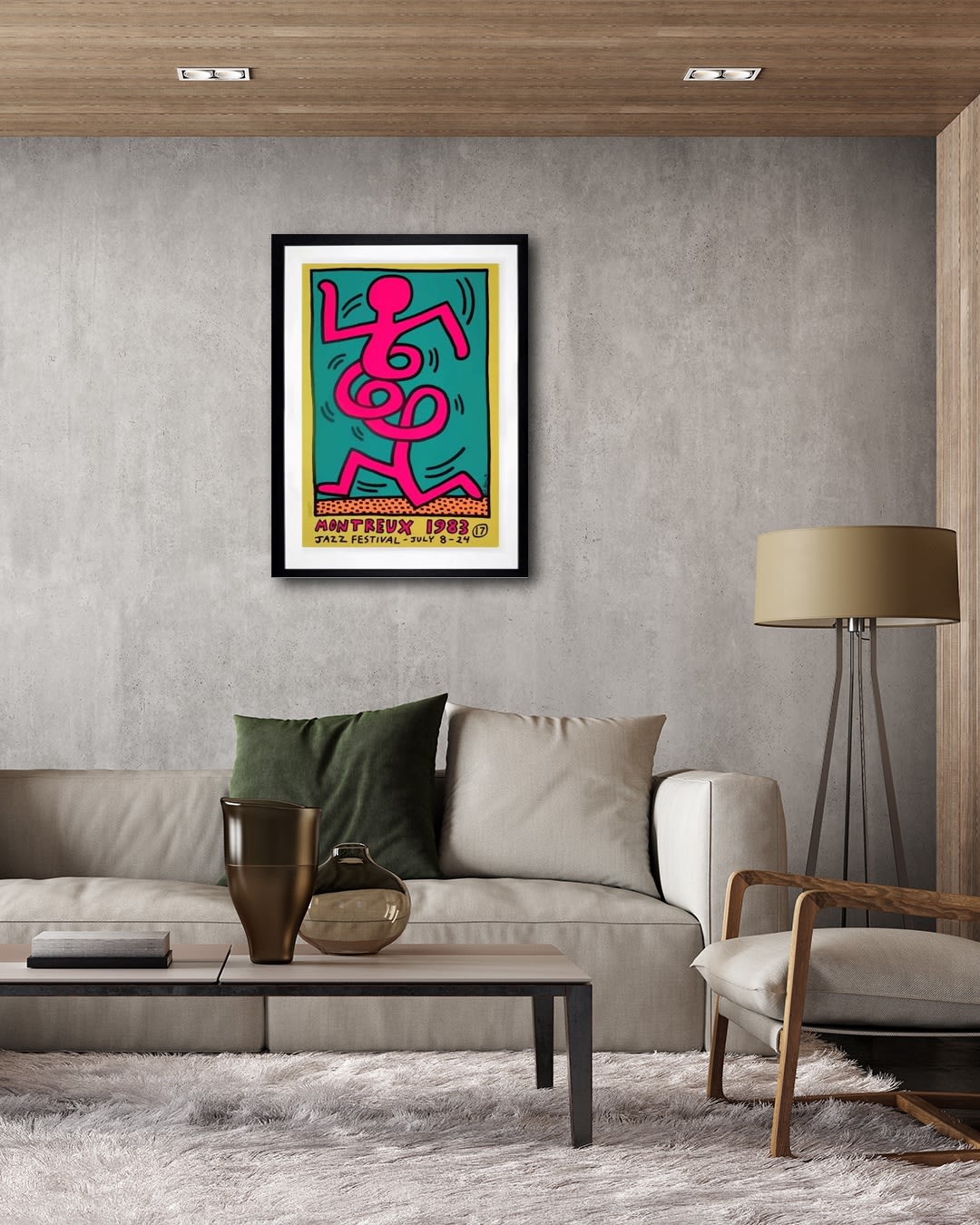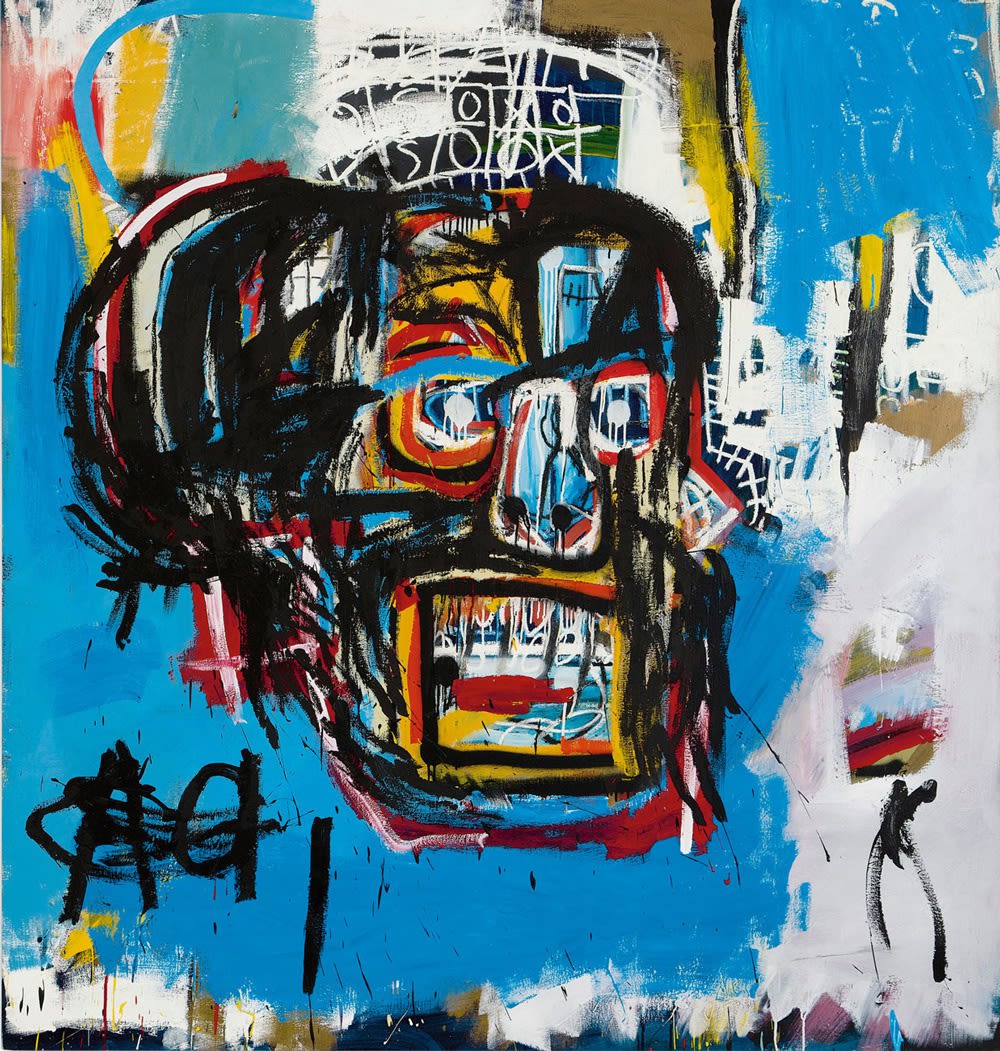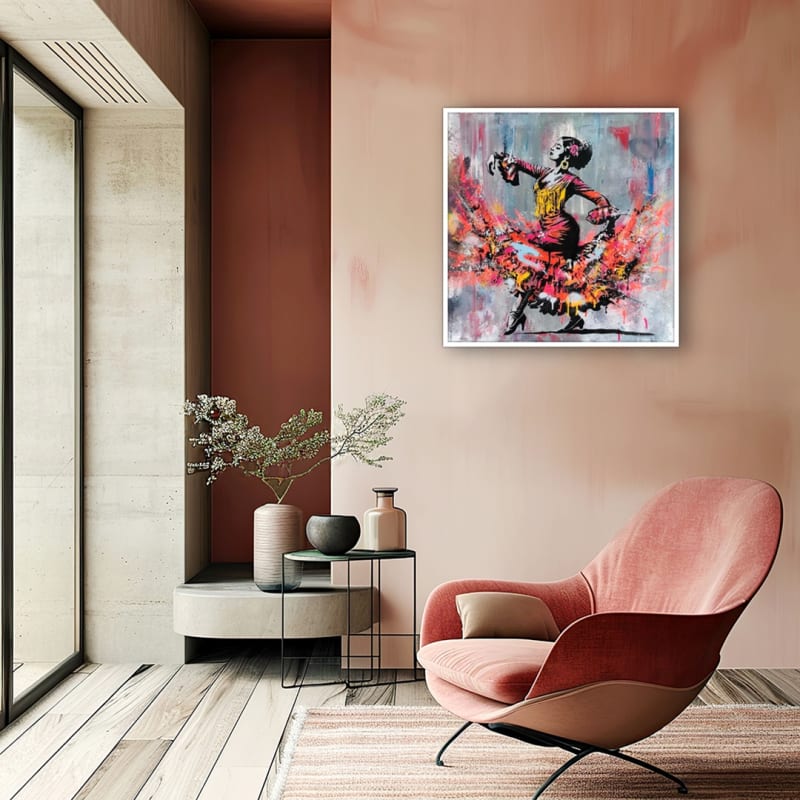Its origins lie in the streets, born from turf wars, protest, and a strong opposition to the systems of property and ownership. It emerged as an expressive and urgent form of communication, claiming public spaces as platforms for the voices of local communities. Often short-lived, these artworks are frequently removed, painted over, or replaced by new artists or taggers competing for visibility.
During the 1960’s young people in New York and elsewhere began asserting their presence in cities undergoing urbanisation through graffiti art. They developed unique tags, intricate designs, and large-scale murals across subway trains and abandoned buildings. These early street artists were not simply decorating the urban landscape. They were telling the stories of their neighbourhoods, struggles, and identities.
Thematically, street art is well known for engaging with political ideology. It often stands in opposition to the prevailing government and seeks to provoke activism and disrupt conventional thinking. Street art represents a powerful and accessible form of public expression, existing outside the traditional spaces of galleries, museums, and private collections. It challenges the hidden classism embedded within the art world and provides an unfiltered voice for the people who live and work in the streets of the city. Created using spray paint, stencils, stickers, freehand tagging, and even sculpture, this form of guerrilla art does not ask for permission, it inserts itself into the urban environment, often in spaces where it is neither expected nor welcomed.
Over time, street art has undergone a remarkable transformation. What began as the visual language of anarchists, gangs, and outsiders has steadily moved towards the centre of the contemporary art market. Today, street art is no longer confined to public spaces. It features prominently in modern art galleries and is highly sought after by private collectors.
This shift began in the 1980s with two notable New York street artists, Keith Haring and Jean-Michel Basquiat. Haring’s playful, vibrant subway drawings and Basquiat’s enigmatic SAMO tags captured the attention of the art establishment and transitioned from the streets to the gallery scene. As a result, the art market began to take notice.

The relatability, accessibility, and raw emotional appeal of street art resonated with audiences around the world. What was once seen as vandalism was increasingly celebrated, in a somewhat ironic twist, a movement that originated in opposition to elitism was embraced by the very institutions it once challenged. By the late 1990’s and early 2000’s, Banksy had become a defining figure in the rise of street art’s popularity. The artist's anonymity, coupled with provocative public statements and daring exhibitions, captured global attention and propelled street art firmly onto the art market. Fellow artists such as KAWS, Shepard Fairey, and Space Invader continued to push the boundaries of what it means to be a street artist, helping to cement street art’s place within the commercial art world.
The major figures in the world of street art, as well as an emerging new generation of artists, continue to see the value of their work increase year on year. Auction records are consistently broken, demonstrating that street art, once dismissed as mere graffiti, is now firmly established within the global art market. For example; Jean-Michel Basquiat’s Untitled (1982) smashed records at Sotheby’s in 2017, fetching an incredible $110.5 million setting a new benchmark for an American artist at auction, and the Banksy artwork Love Is In The Bin, which famously shredded itself halfway through a Sotheby’s auction in 2018 went on to sell for a staggering £18.6 million.

Jean-Michel Basquiat’s Untitled (1982)
Today, street art exists both in public spaces and within the formal settings of the art world. However, its essence remains unchanged. Street art is defined by the messages it conveys, whether painted on a wall or displayed on a canvas. It continues to reflect activism, social issues, and the lived experiences of urban communities. It is the art movement of our time.
Sources:
Artland MagazineThe Art Story
Boston Art Review
The Developer Live
Sothebys Institute




